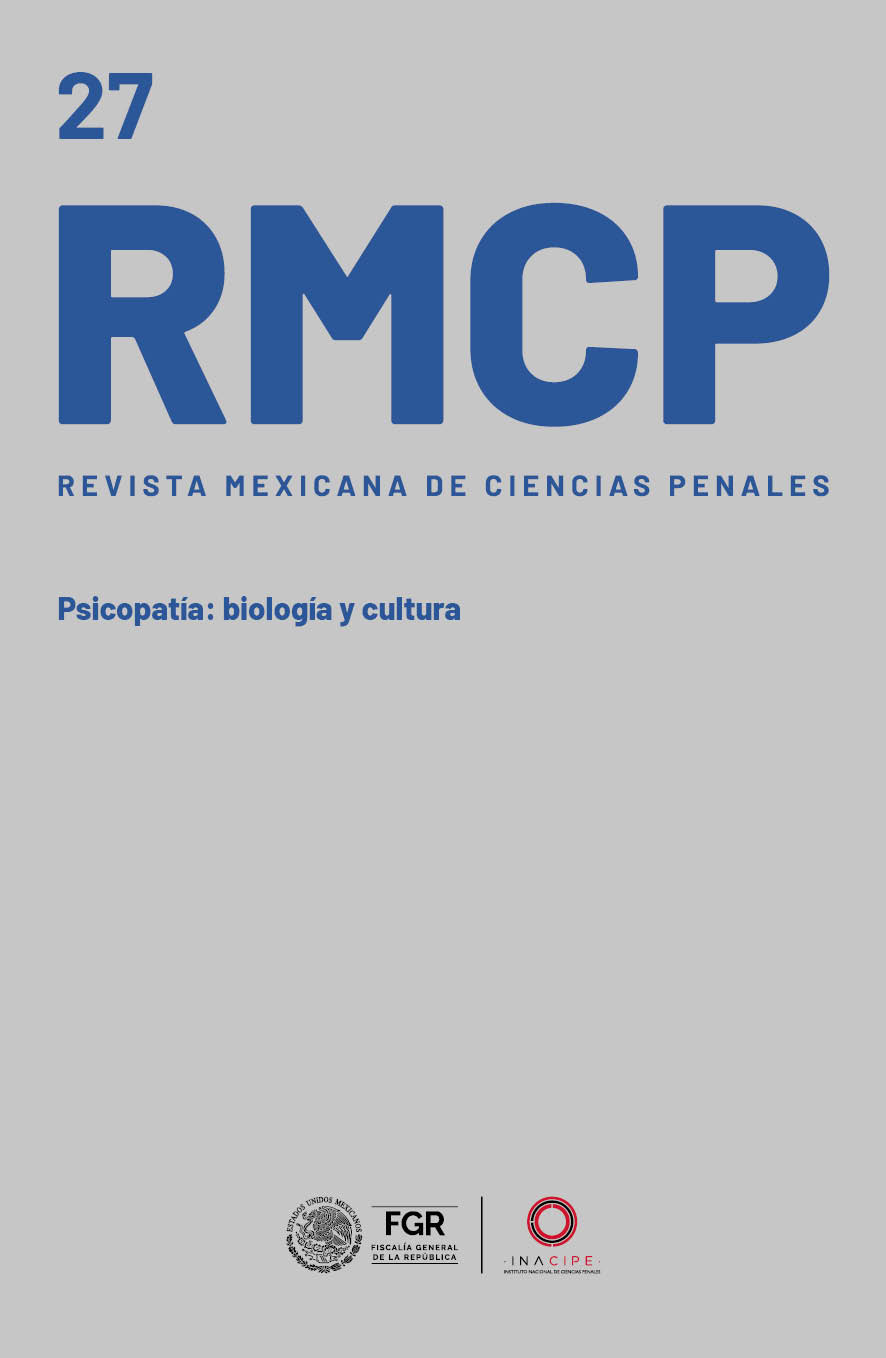Psychopathology and Psychopathy
Main Article Content
Abstract
The article clearly distinguishes between psychopathology —the scientific study of mental disorders, their biological, psychological, and social causes— and psychopathy, a personality disorder characterized by affective, interpersonal and behavioral traits (manipulation, lack of empathy, impulsivity). It reviews their historical evolution, from demonological beliefs to Cleckley’s criteria and Hare’s PCL-R, and how the DSM and ICD address them. It points out that confusing both concepts generates different problems ranging from social stigmatization, misdiagnosis and even unfair judicial decisions. Establishing a clear distinction promotes ethical and evidence-based interventions, reducing prejudice and improving clinical care
Downloads
Article Details

This work is licensed under a Creative Commons Attribution 4.0 International License.
Deprecated: json_decode(): Passing null to parameter #1 ($json) of type string is deprecated in /var/www/html/plugins/generic/citations/CitationsPlugin.inc.php on line 49
Métricas
References
APA: Asociación Estadounidense de Psiquiatría (2014). Manual diagnóstico y estadístico de los trastornos mentales (DMS-5) (5.ª ed.). Virginia: APA.
APA (1994). Manual diagnóstico y estadístico de los trastornos mentales (DSM) (4.ª ed.). Virginia: APA. https://psycnet.apa.org/record/1994-97698-000
Cleckley, Hervey M. (1951). “The Mask of Sanity”. Postgraduate Medicine, 9(3), pp. 193-197. https://doi.org/10.1080/00325481.1951.11694097
Cortese, Elisa Norma (2014). Manual de psicopatología y psiquiatría. Buenos Aires: Nobuko.
Hare, Robert D. (1991). The Hare Psychopathy Checklist-Revised. Toronto: Multi-Healt Systems.
Hare, Robert D., Danny Clark, Martin Grann y David Thornton (2000). “Psychopathy and the Predictive Validity of the PCL‐R: An International Perspective”. Behavioral Sciences & the Law, 18(5), pp. 623-645. https://doi.org/10.1002/1099-0798(200010)18:5<623::AID-BSL409>3.0.CO;2-W
Hare, Robert D. y Craig Neumann (2008, abril). “Psychopathy as a Clinical and Empirical Construct”. Annual Review of Clinical Psychology, 4, pp. 217–246. https://doi.org/10.1146/annurev.clinpsy.3.022806.091452
Kavka, Jerome (1949). “Pinel’s Conception of the Psychopathic State: An Historical Critique”. Bulletin of the History of Medicine, 23(5), pp. 461-468. https://www.jstor.org/stable/44442272
Luján Martínez, Angélica, Jeanette Aurora Álvarez López, Marta Luisa Pérez López y Feggy Ostrosky Shejet (2023). “Aspectos distintivos de los rasgos de psicopatía primaria y secundaria: revisión actualizada”. Edupsykhé. Revista de Psicología y Educación, 20(1), 5-21. https://doi.org/10.57087/edupsykhe.v20i1.4531
Luna Guerrero, Carolina, Mary Natalia Ortegón Cifuentes y Stephania Carvajal Chaves (2023). Introducción a la psicopatología: historia, diagnóstico y tratamientos psicológicos: Área: Psicopatología. Bogotá: Editorial del Politécnico Grancolombiano. https://ebooks.poligran.edu.co/2023_e105_Introduccion_a_la_psicopatologia_historia_diagnostico_y_tratamientos-1.xhtml
Méndez Sánchez, María del Pilar, Rafael Peñaloza Gómez, Mirna García Méndez, José Carlos Jaenes Sánchez, Héctor Rafael Velázquez Jurado (2019). “Divergencias en la percepción de prácticas parentales, comportamiento positivo y problemáticas entre padres e hijos”. Acta Colombiana de Psicología, 22(2), pp. 194-205.
OMS: Organización Mundial de la Salud (1992). Clasificación estadística internacional de enfermedades y problemas relacionados con la salud (CIE-10). Trastornos mentales y del comportamiento: Descripciones clínicas y pautas para el diagnóstico. Ginebra: OMS. https://apps.who.int/iris/handle/10665/37958
Ostrosky-Solís, Feggy (2008). Mentes asesinas. La violencia en tu cerebro. México: Editorial Quo.
Patrick, Christopher, Don C. Fowles y Robert F. Krueger (2009). “Triarchic Conceptualization of Psychopathy: Developmental Origins of Disinhibition, Boldness, and Meanness”. Development and Psychopathology, 21(3), pp. 913-938. https://doi.org/10.1017/S0954579409000492

